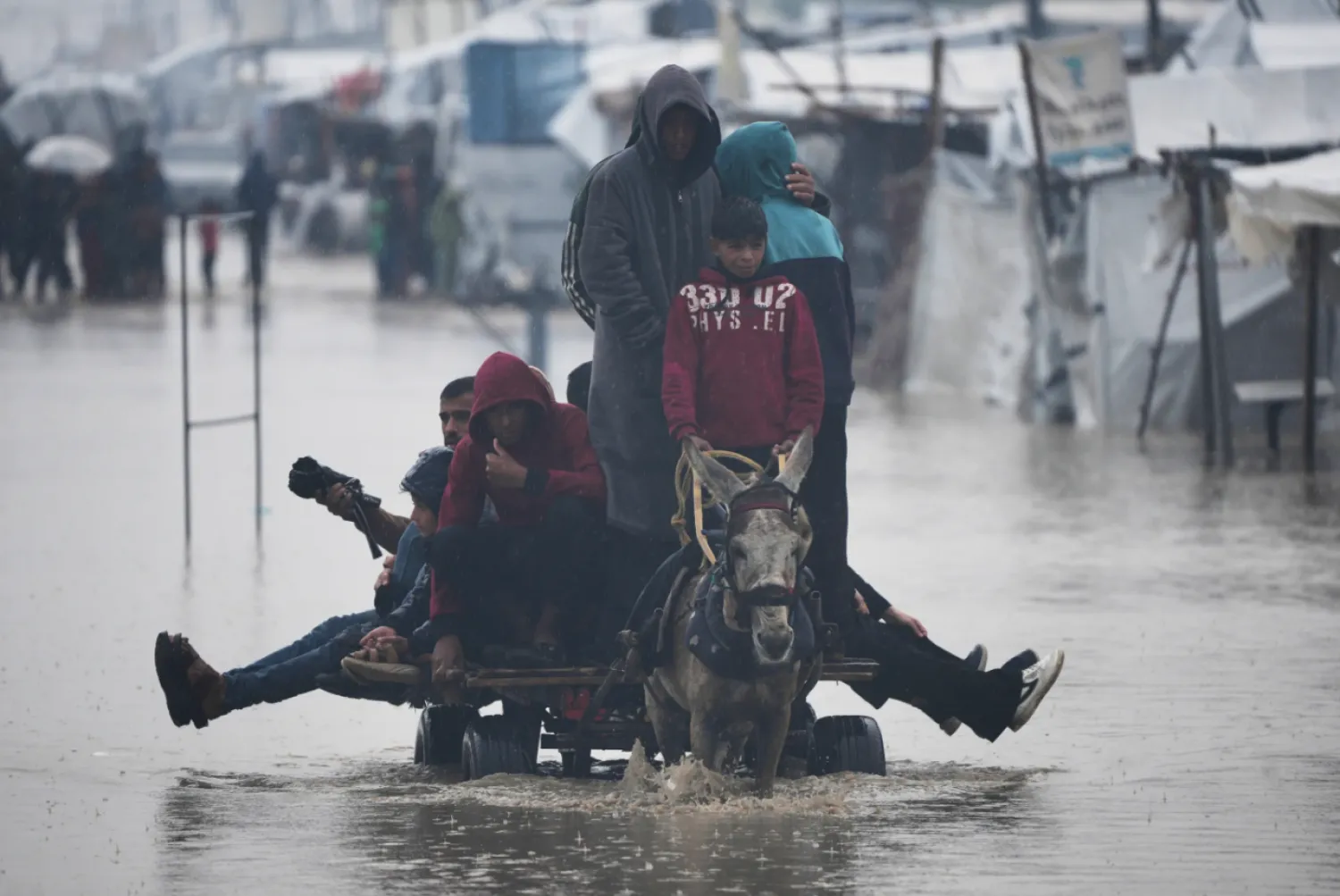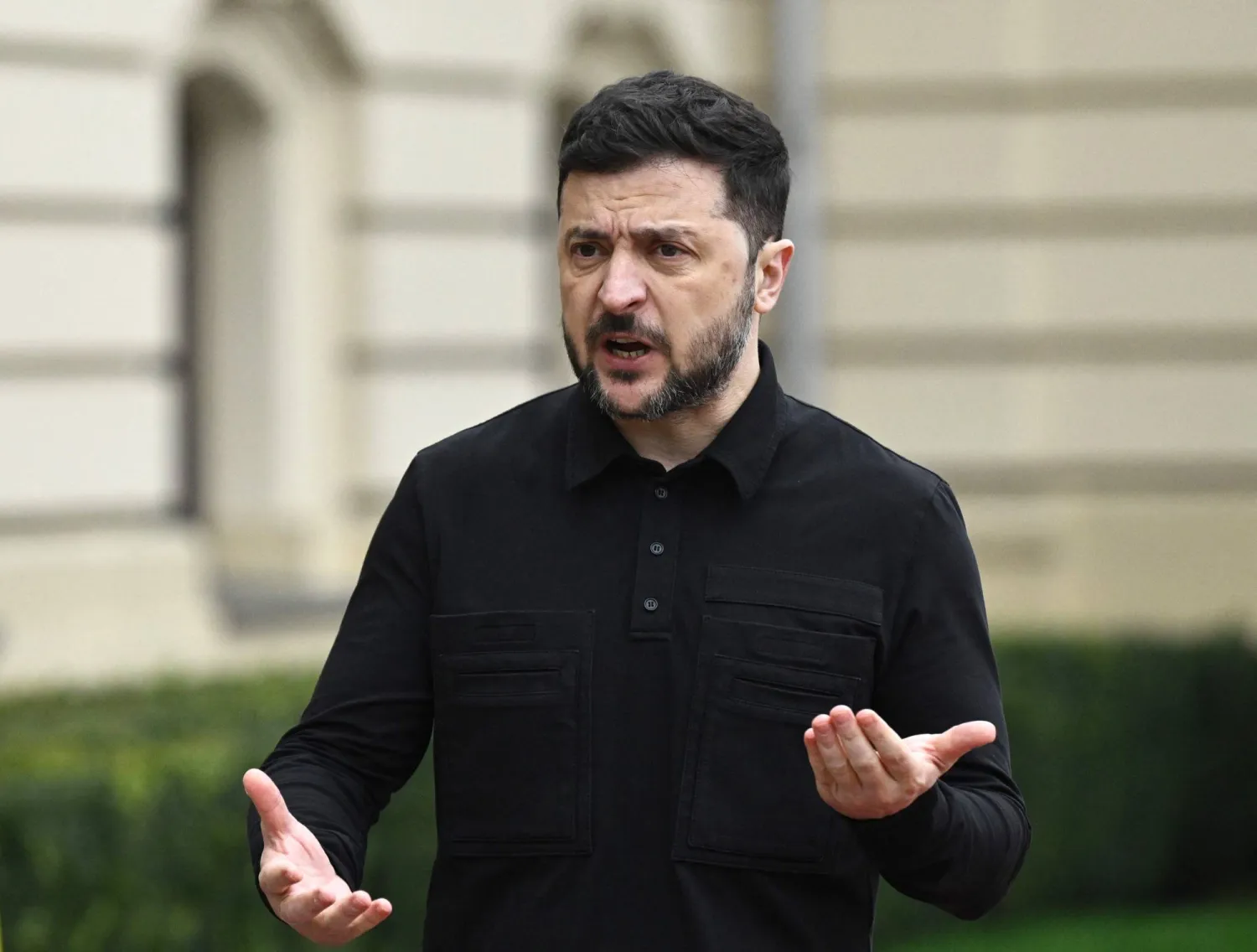In the thick of protracted Israeli war operations in Gaza, spanning over three months, the Hamas leadership is tackling increased scrutiny by intensifying its implementation of security measures, particularly in communication.
Hamas is maintaining heightened security for internal communications in Gaza, interactions with its armed wing (Al-Qassam Brigades), and communication with the group’s leaders abroad.
In order to uphold confidentiality, Hamas employs a covert communication system, starting with a dedicated ground network and evolving into a rudimentary method of human communication through written messages.
This comes at a time Hamas officials are compelled to engage in more stringent communication for discussions on war decisions, ceasefire proposals, and exchange deals.
Decisions on the fate of any proposal or deal lie with the Gaza leadership, leading to ongoing discreet discussions to prevent information leaks.
Hamas leaders use a unique communication system, especially with those abroad, given the frequent disruption of communications and the internet in Gaza, sources close to the group told Asharq Al-Awsat.
The system is also employed to avoid Israeli surveillance.
During the early stages of the Israeli war, Hamas relied on a ground communications network, developed by engineers from its military wing in 2009.
The technology has been periodically upgraded using equipment likely smuggled through tunnels along the Egyptian border.
Al-Qassam Brigades also installed underground switchboards connected to very old landline phones at specific points above ground. These setups are regularly checked and undergo monthly maintenance to prevent breaches.
Hamas leaders, whether in politics or the military, each have individual emergency contact points, each with a specific number for communication, sources revealed.
Israel was aware of this system and tried multiple times to breach it, including attempts to target it directly.
In an undeclared war in May 2018, Israel succeeded in detonating an explosive-rigged communication hub in Gaza, resulting in the assassination of Al-Qassam engineers.
Before and after that incident, Israel made several attempts to breach the system, including a special force infiltration in November 2018 that was discovered during a mission in Khan Yunis, leading to their extraction under fire and the loss of two members.
Despite Israeli forces targeting and destroying certain communication points, including tunnels with key communication hubs, it seems that Hamas has managed to maintain these channels.
Sources say that even though the communication network suffered damage, the leadership of the movement continued to operate through these hubs, including using them for the intense communications that led to the conclusion of a seven-day humanitarian ceasefire.
Engineers from the Al-Qassam Brigades were reportedly successful in restoring some of these hubs and activating new communication points.









